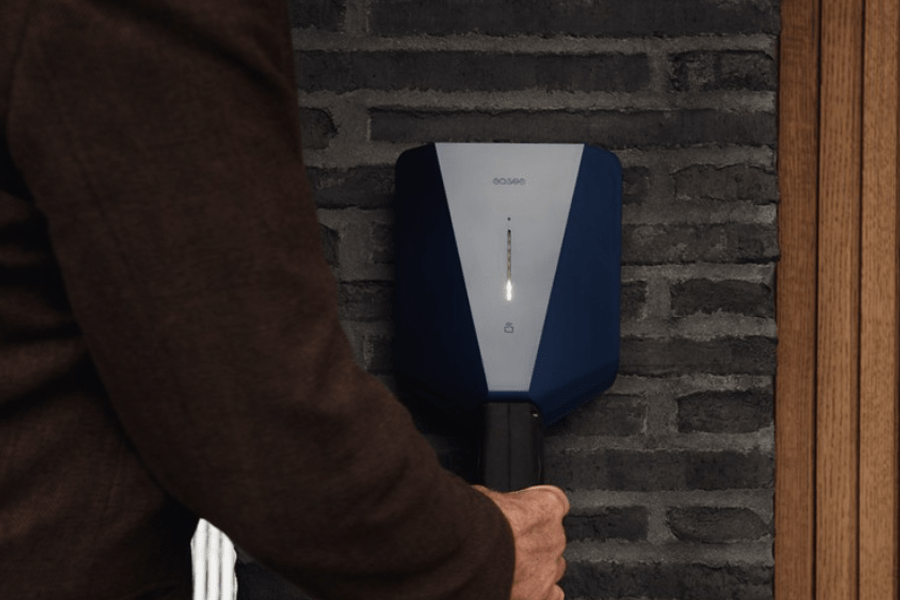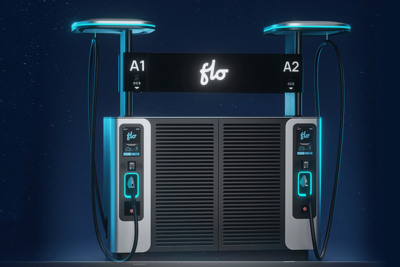Exclusive: IEC expert contradicts Easee on wall box safety
The dispute around the wall boxes of Norwegian manufacturer Easee is not easing off – after the company responded to safety issues raised by the Swedish Electrical Safety Authority, a representative of the International Standards Committee IEC 61851 now speaks up and comes to serious conclusions.
To recapture: Sweden’s Elsälerhetverket tested six different wall boxes and reportedly discovered some deficiencies with the Easee Home. Among other things, the station failed to pass an overvoltage test and was missing a residual current circuit breaker, all faults that pose severe safety risks, leading the Swedish authority to consider a sales ban.
Easee had responded to the allegations and considered the failed overvoltage test with the CP pin not applicable in its interpretation of the IEC standard, saying the CP pin was installed in such a way that it cannot be touched. And with the RCD, Easee does not rely on a separate device mounted on a DIN rail but a system “integrated into the overall design of the charger”. If the built-in sensor detects AC and DC faults, the system triggers and is supposed to immediately cut off the power supply, which in Easee’s interpretation, ensures the function of an RCD.
The Elsälerhetverket has yet to comment. The website only says that the statement has been received and that they will publish their final report on the six tested wall boxes in a few weeks.
That was the story this far. However, a representative of the International Standards Committee has joined the discussion. Christoph Erni is a member of the committee that develops the international standard for conductive charging systems for EVs (IEC 61851). He is also the CEO of the Swiss charging infrastructure manufacturer Juice Technology. It is common practice for industry representatives to contribute to the standards. Nevertheless, it is worth noting here that Erni is not only a representative of the ICE but also the head of an Easee competitor.
In his statement, Erni primarily cites two critical errors in the Easee arguments. “The 61851-1 standard prescribes extra low voltage (SELV or PELV) for the CP circuit. A defined insulation voltage test must be fulfilled for this,” says Erni. “The indication that the CP pin cannot be touched does not cancel this requirement under any circumstances.”
Regarding the RCD, Erni does not fundamentally contradicts Easee and its integrated circuit instead of a separate RCD, but he does point out a technical detail. As a Mode 3 charging station permanently connected to the mains, the Easee Home falls into overvoltage category 3. “This requires a contact gap of at least 3 mm for the switching relays,” says Erni. “However, the relays used have a contact gap of only 2.3 mm. They may be smaller and cheaper than correct components, but they clearly do not meet the regulations.”
Devices certified according to EN 61008-1 and IEC 62955 must also safely separate short-circuit currents. “The relays installed cannot do exactly this reliably. If the contacts weld, there is no separation, and the RCD can no longer function. There is a danger to life,” says the executive.
His clear conclusion: “The statement reveals insufficient technical expertise and a disregard for customer safety on the part of the manufacturer, in which he modifies mandatory standard tests as it sees fit or simply omits them.” Since Easee labelled its stations with a CE mark despite the “deliberate and intentional” non-compliance with safety-relevant standard tests, it was “thus abusive and misleading, legally speaking precisely falsifying documents”, Erni said.
Source: Info by e-mail, with reporting by Sebastian Schaal, Germany.





0 Comments